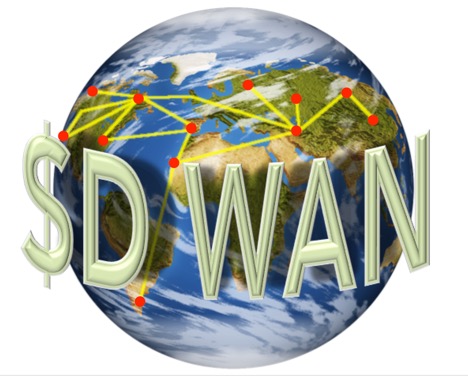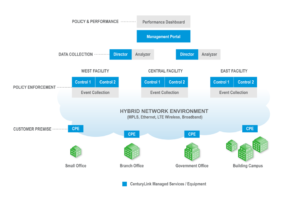
AT&T is America’s largest and oldest telecommunications company. It’s the company all others were birthed from or rely upon at some level. AT&T Business Fiber is one of many products they offer. It uses GPON to be rapidly distributed much like Verizon’s FiOS or CenturyLink’s Fiber+ and, unlike their Ethernet services, is also used in residential deployments.
Recently, AT&T Business Fiber customers have been seeing small print on their bill that warns them of overage charges and potential throttling. You won’t see these warning with products like EaMIS that are enterprise grade and come with SLAs that adhere to MEF (Metro Ethernet Forum) standards. For more information on the difference between Ethernet and GPON Internet Access, check out our Network Connectivity page. That fine print is in italics below:
Total 1TB (1,024GB) internet usage allowance
Your total internet usage allowance can consist of your 1 terabyte plan usage allowance plus any additional offers. Exceeding your total internet usage allowance will result in a charge of $10 for each additional 50 gigabytes of data even if less than 50 gigabytes is consumed up to a maximum overage charge of $100 a month.
This is affecting all AT&T Business Fiber customer’s nationwide. It started back in November and caps data at 1TB of transfer both up and down. After that point you’ll be charged up to $100 more for the billing cycle which is more than 25% of the cost for the service (depending on your speed and where the service is installed). The service typically works well and can be combined with static IP addresses so it’s easy to push a lot of data over these circuits.
Since this change took place around the time Net Neutrality was repealed, I have to assume that it’s based on that ruling. The product limits last mile cost for the carrier so the largest recurring expense for deployment is the associated NNIs with other carriers. Carriers pay each other fees for Network to Network Interfaces within Meet Me Rooms to make the internet work as a network of networks.
 Although the notice doesn’t indicate what happens after 1.1TB has been consumed, it’s safe to assume you’ll get a call about an upgrade, be throttled, or simply shut down until the next billing cycle. None of those are wanted by businesses who are pushing that much traffic. They’re obviously busy.
Although the notice doesn’t indicate what happens after 1.1TB has been consumed, it’s safe to assume you’ll get a call about an upgrade, be throttled, or simply shut down until the next billing cycle. None of those are wanted by businesses who are pushing that much traffic. They’re obviously busy.
Once you pay the bill, its assumed that you read and accept that change so there’s little you can do about it if you don’t catch it. If you do, there are a few hoops you can jump through. If you’re considering moving to the platform you may first want to pull a bandwidth utilization report. It may simply be easier to contact us for a Telecom Audit and Expense Management. The way invoices are written, your accounting team may not understand the importance of the change or catch it at all.
The impact of an ISP throttling your service at a business can be huge. You may not be able to respond to a customer and suffer a hit in brand equity. Some ask, and rightfully so, how will this impact my VoIP and conferencing services? Both are good questions. For help with these and any other ISP related issues please contact CloudOgre here.






